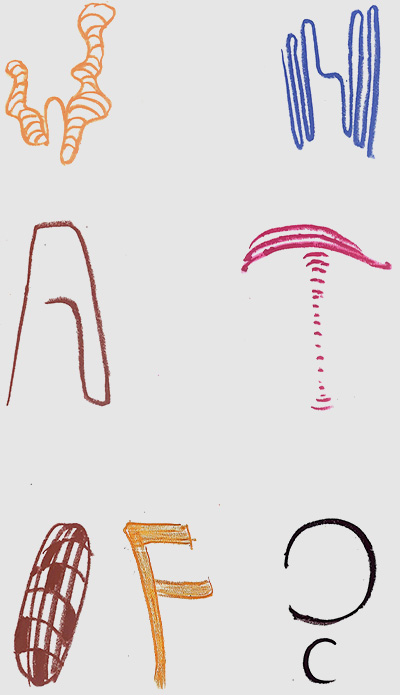作品故事
如今,由于全球变暖,世界上 50% 的珊瑚礁正在消失,海平面正在上升。为了应对这一危机,我设计了一个海上社区来帮助珊瑚礁生态系统再生,减弱全球变暖的影响。
通过调查,我发现了被认为是“最后的海上游牧民族”的巴瑶族人与海洋有着深厚的渊源。他们只生活在海上,很少上岸。我查阅了许多关注这一问题的建筑案例,例如 Bjarke 的 Oceanix City 和 Kunlé Adeyemi 的浮动学校,最终决定将建筑选址在印度尼西亚仙本那海岸。那里居住着许多巴瑶族人,也有大量的珊瑚。
该系统分为 3 个部分: 1- 支柱:支撑上层建筑并促进水下新珊瑚礁生长; 2-平台:形状受珊瑚生长模式启发; 3-房屋: 3D 打印结构,作为未来研究人员的社区(暂定)。柱子和建筑物将使用附近的沙子进行 3D 打印,建筑层与层之间可以吸收和保留雨水,用于日常使用和蔬菜种植。 考虑到提高空间利用效率,在平台的主路上设置了公共空间,也为在水下种植牡蛎礁提供了可能,在带来经济效益的同时净化水质,减少海岸侵蚀。我试图在经济可持续性和恢复自然生态系统找到平衡,并坚信未来的建筑不仅应该造福于人类,还应该造福于我们生活的整个生态系统。
Nowadays, due to global warming, 50% of coral reefs in the world are disappearing and the sea levels are rising, so as response to this serious problem, I designed a community at sea that could help the reefs ecosystems to regenerate and so potentially revert the present situation of global warming.
My research leaded me to the Bajau people, who are considered the last sea nomads. They have a deep connection with the ocean and live exclusively on the sea and rarely go ashore. I checked references from many architects concerned on similar issues as Bjarke's Oceanix City and Kunlé Adeyemi’s floating school, then I choose a site on the coast of Semporna, in Indonesia, where most of the Bajau people live and corals can be found.
The system is divided into 3 levels: 1- the pillars that will support the upper construction and will enhance the growth of the new reefs underwater; 2-the platforms which are inspired by the growing patterns of coral branches; 3-the 3D printed constructions for the future community of researchers (tentatively). The pillars and the buildings will be 3D printed using the nearby sand and the space between layers of the construction will absorb and retain rainwater for consumption and vegetable farming. Thinking on Co-living conditions, I located public spaces in the main branches of the platforms. I also propose to grow oyster reefs underwater, which can bring economic benefits to the community while purifying water and reducing coastal erosions. I tried to balance economic sustainability and recovery of the natural ecosystems. I firmly believe that architecture in the future should not only benefit humans but the whole ecosystem where we live.











